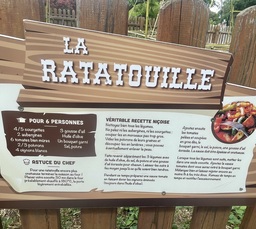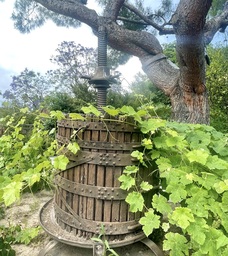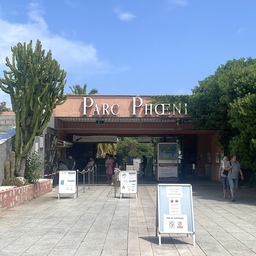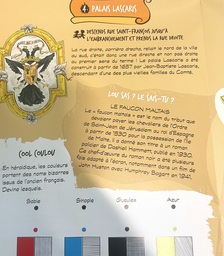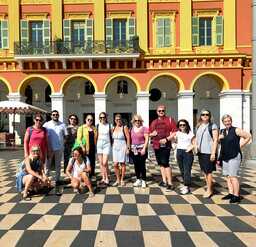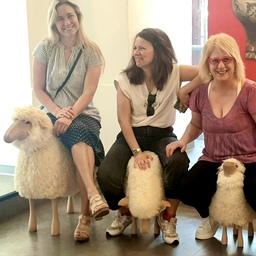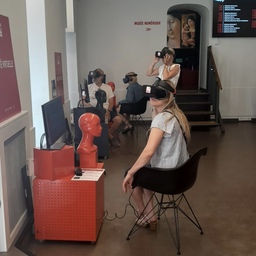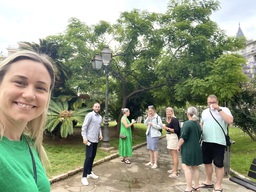ICT and outdoor teaching in Nice
Welcome to Vanajavesi Adult Education Centre
ICT and outdoor teaching in Nice
Teacher on the mobility: Taru Toppola
My Erasmus+ mobility took me to Nice to get new ideas on outdoor digital learning trends and to collaborate with other European teachers. The other participants were from Czech, Poland, Greece and Ireland. Most of the teachers were primary school teachers, but there were also high school teachers of biology and French.
On Monday we got to know each other and presented our countries and schools. We also got familiar with the SAMR pedagogical model. The acronym stands for Substitution, Augmentation, Modification and Redefinition. They are really steps toward using technology in a more creative way. The first step is the basic step using technology as a substitute for analogical tools. After this, the second step is to add some functionality to the tasks. With ICT tools it is easy to enrich tasks in the classroom: We can make a presentation with text and pictures easy enough with computers. On the third step we already modify the task in a way analogically impossible. Lastly, on the fourth step, we create something completely new!
Outdoor learning can take place anywhere. It is useful to connect a new thing to learn to a concrete place, as this combines many learning styles such as physical, visual and kinesthetic learning. Connecting teaching to a place creates a memory imprint in a totally different way compared to sitting in the classroom. The view the other participants had of Finnish education was that we spend a lot of time learning outdoors. Outdoor learning is difficult in other countries because of the regulations and rules and partly because of parents, too.
On Tuesday we tested versatile applications we can use in and out of the classroom. Digital citizenship, the information and skills needed for safe use of digital tools, is something even adults should be reminded, as especially elderly people are increasingly victims of Internet fraud.
We also visited the digital museum of Nice. It is a wonderful opportunity to experience pieces physically in a completely different part of the world. We saw part of a Mexican exhibition and a hologram of a piece currently in Louvre. You can also test VR glasses and visit the South Pole. Some museums have the possibility to visit them digitally, such as Musee Matisse in Nice: https://www.musee-matisse-nice.org/en/ressources/media-en-ligne/virtual-tour-of-the-museum/ The teacher can use these to create a virtual experience outdoors.
On Wednesday we prepared for our urban trail outdoor activity. We downloaded some useful outdoor apps to use during the day and talked about managing technology outside. First we choose the technology we are going to use and we also test it before we launch the exercise. We have to think about the prerequisites of the task: what are the things the students should know before the exercise? It is very important that we have a clear goal and a practical final task. The outdoor exercises, as all other exercises, should always have clear learning outcomes. They can be similar to the ones in the classroom. The outdoor space should be chosen with care, because not all tasks fit all spaces. It is also important to remember differentiation: the fast learners are always motivated to learn more! We set out to the vielle ville in teams and found out the history with the help of an urban trail exercise.
In the afternoon we visited the Nice Zoological garden, Parc Phoenix. There we were able to test the outdoor apps and enjoy the afternoon surrounded by beautiful flora. On Thursday we prepared our own outdoor exercises and presented them to our colleagues. The rest of the week was preserved for cultural activities such as excursions, visiting the museums and visiting the villages nearby Nice.
Useful links:
IOL, Institute of outdoor learning
Outdoor classroom day
OPH outdoor learning (in Finnish)
Ulkoluokka outdoor learning (in Finnish)
